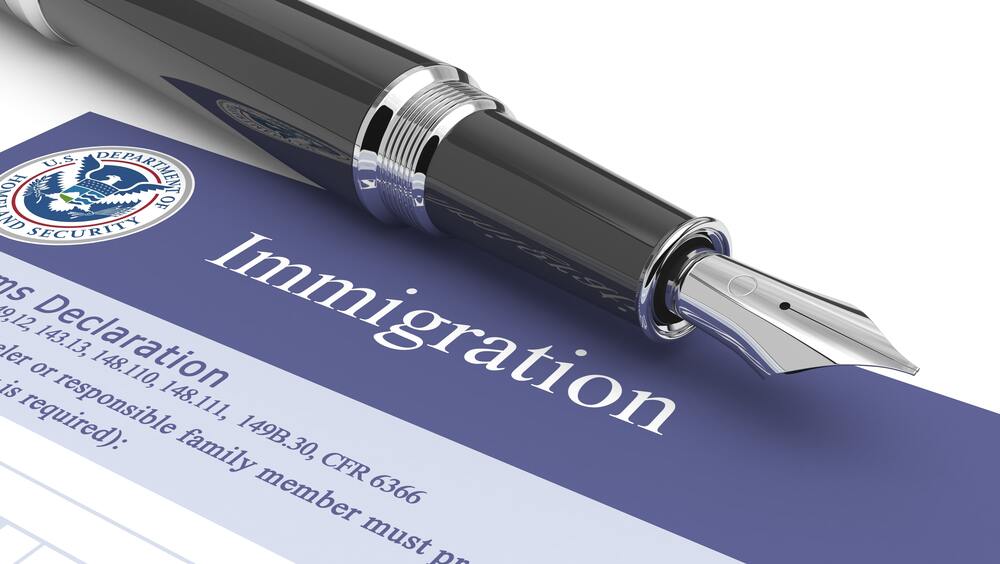A Green Card, officially known as a Permanent Resident Card, is an essential document for immigrants in the United States. It grants holders the legal right to live and work permanently in the country, serving as a crucial step toward US citizenship. Whether you want to reunite with family, advance your career, or start a new life in the US, understanding what a Green Card represents is fundamental. This article explores what this document entails, who qualifies for one, and the various ways to obtain it.
What Does a Green Card Represent?
A Green Card symbolizes legal permanent residence in the US and allows individuals to:
- Live and work in the US indefinitely: Green Card holders are not tied to specific employers or locations.
- Travel internationally: They may leave and re-enter the US, provided they do not stay abroad for extended periods without authorization.
- Access benefits: Including certain social security and healthcare programs.
However, Green Card holders are not US citizens. They cannot vote in federal elections and must renew their card every 10 years.
Who Qualifies for a Green Card?
Not everyone can apply for a Green Card. Eligibility depends on specific categories, such as:
- Family sponsorship: US citizens and permanent residents can sponsor relatives, including spouses, children, parents, or siblings.
- Employment-based pathways: Skilled workers, professionals, or individuals with extraordinary abilities may qualify.
- Refugee or asylee status: Those granted asylum or refugee status can apply for a Green Card after one year of US residence.
- Diversity Visa Lottery: Nationals from countries with low US immigration rates may enter this annual lottery.
- Special programs: Includes paths for victims of human trafficking, abuse, or those who served in the US military.
Different Pathways to Obtain a Green Card
There are multiple ways to secure a Green Card, each with unique requirements:
a) Family-Based Green Cards
US citizens and permanent residents can sponsor eligible relatives. Immediate relatives (spouses, unmarried children under 21) face a streamlined process, while others (siblings, adult children) may encounter longer wait times due to annual visa caps.
b) Employment-Based Green Cards
This category includes five preference levels:
- EB-1: For individuals with extraordinary abilities, professors, or executives.
- EB-2: For professionals with advanced degrees or exceptional skills.
- EB-3: For skilled workers, professionals, and certain unskilled laborers.
- EB-4: For special immigrants (e.g., religious workers, international organization employees).
- EB-5: For investors who create US jobs.
c) Green Cards for Refugees and Asylees
Refugees and asylees may apply for a Green Card after one year of US residence, ensuring integration and access to permanent resident benefits.
d) Diversity Visa Lottery
Each year, 50,000 individuals from low-immigration countries are randomly selected for Green Cards. Eligibility requires meeting education or work experience criteria.
e) Special Categories
Green Cards are also available for crime victims (U visa), trafficking survivors (T visa), or domestic abuse victims (VAWA). These often require strong evidence and legal support.
The Green Card Application Process
Obtaining a Green Card involves several steps:
a) Filing a Petition
An eligible sponsor (family member or employer) typically initiates the process by submitting a petition to US Citizenship and Immigration Services (USCIS). Some individuals, like EB-1 applicants or VAWA petitioners, may self-petition.
b) Waiting for Visa Availability
Some categories have annual quotas, leading to long wait times—especially for family- or employment-based visas.
c) Adjustment of Status or Consular Processing
If already in the US, applicants may adjust their status. Those abroad must undergo consular processing at a US embassy or consulate.
d) Attending an Interview
Most applicants must attend an interview where immigration officers review documents and assess eligibility.
e) Receiving the Green Card
Once approved, the Green Card is mailed, granting permanent residence.
Rights and Responsibilities of Green Card Holders
Green Card holders enjoy significant benefits but must adhere to specific obligations:
Rights
✔ Live and work anywhere in the US
✔ Protection under US laws
✔ Apply for US citizenship after meeting eligibility requirements
Responsibilities
✔ Obey all US laws
✔ File tax returns and report global income
✔ Notify USCIS of address changes
✔ Avoid prolonged absences abroad to maintain residency
Failure to meet these responsibilities may jeopardize permanent resident status.
Renewing or Replacing a Green Card
Green Cards typically require renewal every 10 years. Lost, stolen, or damaged cards must be replaced promptly to avoid legal or travel complications.
Final Thoughts
A Green Card is more than just an ID—it’s a gateway to stability and opportunity in the US. Understanding eligibility, pathways, and responsibilities is critical for navigating this complex process successfully. Consulting an experienced immigration attorney can help ensure a smooth and efficient application.



